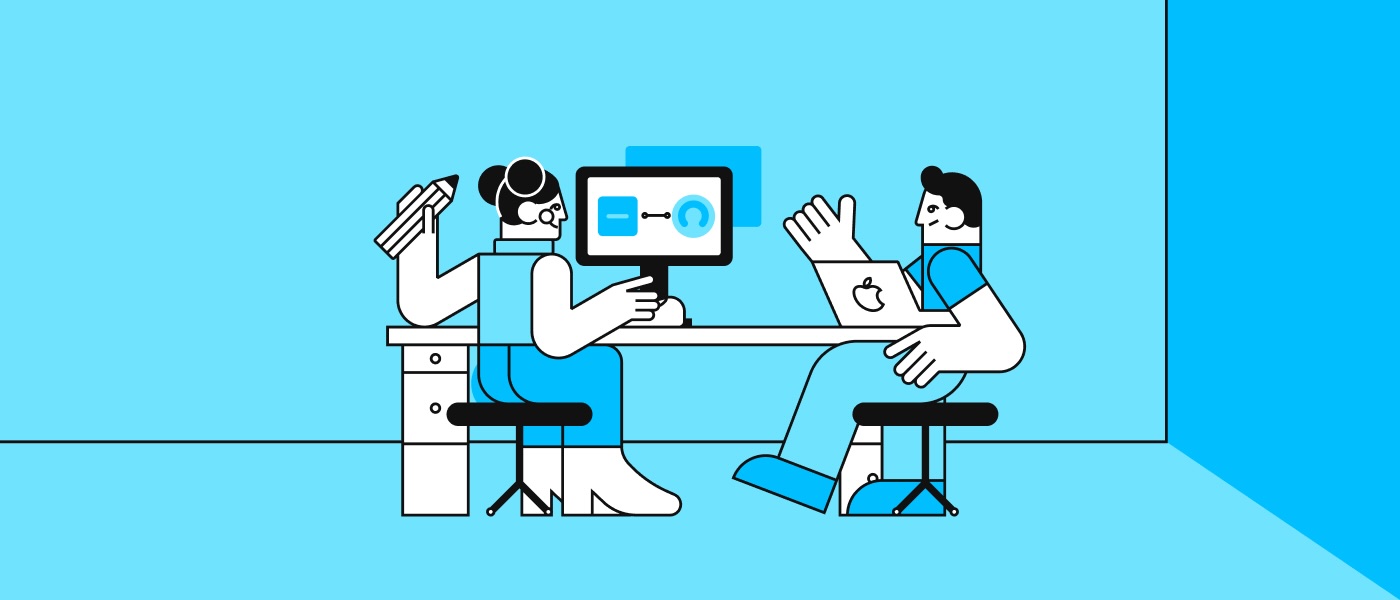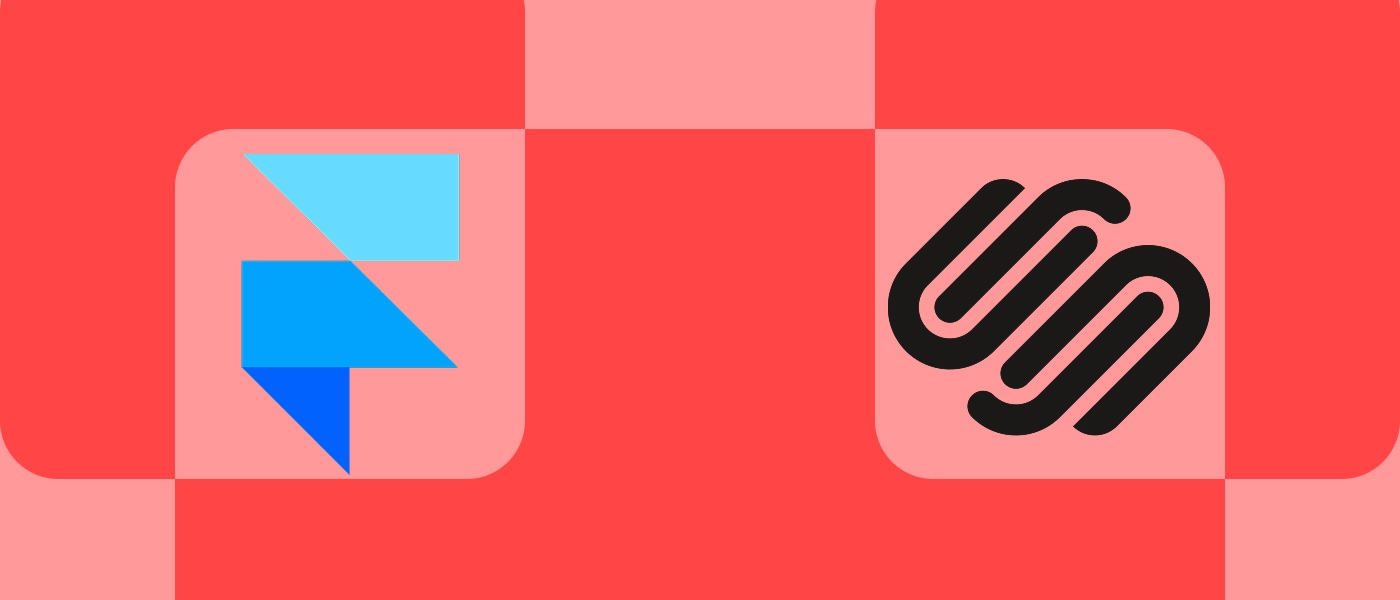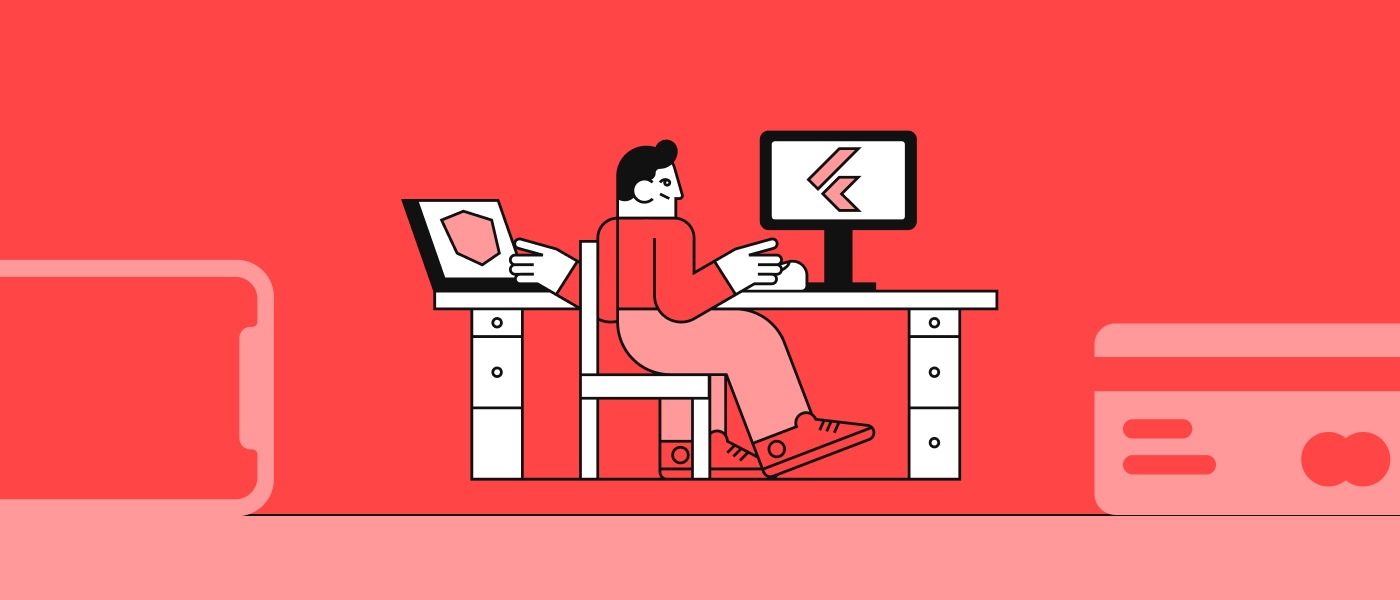UX Team Structure: How To Build And Manage A High-Performing Design Team

Discover how to build an effective UX team structure. Learn about key roles, responsibilities, and management practices that help product design teams succeed.
UX Team Structure: How To Build And Manage A High-Performing Design Team
A clear UX team structure doesn’t just tidy up responsibilities—it accelerates collaboration, sharpens product decisions, and, ultimately, boosts user satisfaction.
UX team structure – why it matters
When you define how your UX team is organized, you make faster, better decisions. A crisp structure clarifies who owns research, who steers execution, and how design partners with product and engineering; as a result, handoffs become cleaner, discovery gets real stakeholder buy-in, and teams spend more time solving user problems than negotiating process. Because responsibilities and rituals are explicit, you’ll see higher quality outputs and fewer “design in a vacuum” moments, while your product goals stay aligned from roadmap to release.
Why is outsourcing a good choice, too?
Skip the hiring treadmill and plug into a senior UX UI squad that already works as one. Instead of spending months sourcing, onboarding, and hoping culture fit clicks, you get battle-tested designers and researchers who move from brief to prototype in days. We run discovery, wireframes, UI, and handoff with clean files, componentized systems, and accessible patterns, so your product ships faster and with fewer surprises. You keep strategic control while we handle the heavy lifting, which means lower fixed costs, flexible capacity, and measurable wins like higher activation, better conversion, and fewer support tickets.
If you are scaling multiple workstreams or fixing a critical flow, our team can help you hit goals without building headcount first. Start with a focused sprint or a monthly retainer and get a clear roadmap, weekly demos, and delivery that your engineers will love. We bring research ops, design systems, and QA baked in, so quality is not an extra. Tell us what outcome you want, and we will assemble the right mix of talent to get you there.
Core UX team roles and responsibilities
UX designer
The UX designer turns insights into flows, wireframes, and high-fidelity prototypes. You’ll map key user journeys, define information architecture, and run quick usability checks to de-risk decisions before they become expensive. Although the role centers on interaction design, strong UX designers also facilitate workshops, document edge cases, and partner with engineering to ensure feasibility; that way, the design solution doesn’t collapse at implementation time.
UX researcher
UX researchers plan and run studies that turn questions into evidence. You’ll choose the right method—interviews, diary studies, concept tests, or unmoderated usability—then synthesize patterns into clear findings and recommendations. Because research sits at the crossroads of business strategy and user needs, great researchers not only collect data but also shape product bets, ensuring the team ships what people actually value rather than what feels clever.
UI designer
UI designers shape the visual and interactive character of the product. You’ll evolve the design system, define motion and micro-interactions, and maintain accessibility across components. Since great visuals are inseparable from clarity and usability, the UI designer collaborates closely with UX to ensure the interface communicates hierarchy, state, and affordance—so the product looks beautiful and feels obvious.
UX writer
The UX writer owns product language—microcopy, empty states, error messages, and onboarding flows. You’ll make copy concise, consistent, and inclusive, which reduces cognitive load and support tickets. Because words are part of the interface, writers co-design with UX and UI from the start, testing variants like any other design element and maintaining a living voice & tone guide.
DesignOps or UX program manager
DesignOps scales design. You’ll standardize rituals (intake, triage, design reviews), maintain tools and libraries, coordinate cross-team initiatives, and track outcomes. A strong DesignOps function reduces time-to-design, keeps files clean and discoverable, and frees designers to focus on craft, not logistics. As the team grows, DesignOps also stewards hiring pipelines, onboarding, and training.
Types of UX team structures
Centralized teams
A centralized team houses all designers and researchers under a single design leader who assigns people to work with multiple product areas. This model concentrates craft standards, enables a strong design system, and simplifies career growth because mentorship and calibration live in one place. It’s especially effective early on or in organizations that need consistent patterns across a portfolio; though, without care, it can feel distant to squads if designers juggle too many stakeholders at once.
Embedded teams
Embedded teams place designers and researchers directly inside product squads. You’ll enjoy faster day-to-day decisions, tighter alignment with engineers, and a strong sense of product ownership. Embedded structures shine in fast-moving environments where context switching kills momentum; however, you’ll need explicit guilds or communities of practice to avoid design standards drifting apart.
Hybrid models
Hybrid blends centralized leadership with embedded execution. Designers sit with squads for speed, while a central design org owns hiring, leveling, design systems, and research operations. This model scales well because it balances autonomy and consistency: squads move quickly, yet patterns, accessibility, and metrics stay coherent across the product suite.
Collaboration with product and engineering
Cross-functional collaboration is less about meetings and more about shared artifacts and timing. In discovery, UX partners with product to frame hypotheses and with engineering to understand constraints early, so prototypes test what’s technically plausible. During delivery, joint rituals—design critiques, sprint planning, and definition-of-ready/definition-of-done—prevent last-minute surprises. Because decisions accumulate across a release, keep a single source of truth (design system + specs) and agree on feedback SLAs; that way, cycles stay predictable and review fatigue drops.
Scaling and managing a UX team
As the scope grows, you’ll outpace ad-hoc processes. Start by defining a competency framework (skills by level) and a simple intake process that prioritizes work against outcomes, not opinions. Hire for complementary strengths—pair strong generalists with deep specialists in research or systems—and onboard with real product context, not just tool tours. Establish layered quality gates (self-review checklist, peer critique, cross-functional review) and track both output (velocity, review cycles) and outcome (task success, CSAT, activation). Culture matters just as much: protect focus time, celebrate learning from failed experiments, and rotate designers through discovery to avoid stagnation.
Best practices for UX team leadership
- Set clear decision-making models: who is consulted, who decides, and how trade-offs are recorded.
- Run consistent design reviews that critique against goals and principles, not taste.
- Invest in a design system with contribution rules, versions, and release notes.
- Tie UX metrics to product metrics (e.g., task success → activation, time-to-value, retention).
- Create growth paths for ICs and managers, and give regular, actionable feedback.
These practices reduce ambiguity, compress decision time, and make quality scalable; by turning good habits into codified norms, you avoid bottlenecks that otherwise appear when team size and product ambition rise together.
Tools and processes that support UX team structure
- Figma (design & design systems), FigJam or Miro (co-creation, mapping), Maze or UserTesting (concept and usability tests), Dovetail or Aurelius (research repositories), Jira/Linear (planning), and Loom (async walkthroughs).
- Core workflows: lightweight intake and triage, dual-track discovery & delivery, research ops (participant panels, templates, consent), and design system governance with documented contribution rules.
Tools matter less than how you wield them: define templates, set naming conventions, and automate where possible (component tokens, research notes tagging), so the team spends effort on product thinking rather than file wrangling.
F.A.Q.
What is the ideal UX team structure for a startup?
For most startups, begin centralized. Keep a small, versatile team (1–2 UX designers plus part-time research) reporting to one design lead, and embed temporarily during critical launches. As product-market fit stabilizes, evolve to a hybrid model so you keep speed while building shared foundations like a design system and research repository.
How do UX teams work with product and engineering teams?
Work as one unit across discovery and delivery. Co-frame problems with product, co-estimate with engineering, and test early with users. Use shared rituals (weekly design review, sprint planning, backlog grooming) and shared artifacts (problem statements, prototypes, accessibility criteria) to keep decisions transparent and traceable.
What’s the difference between a UI designer and a UX designer?
UX designers define structure, flows, and interaction logic based on user needs and research; UI designers craft the visual language, component states, motion, and accessibility of the interface. In strong teams, the two roles overlap deliberately, collaborating on the same problems from complementary angles.
How many people should be on a UX team?
Anchor headcount to product surface area and delivery cadence, not a generic ratio. As a thumb-rule, one embedded product designer per squad, one researcher per 2–3 squads (with DesignOps-supported research ops), and central specialists (design system, content) as your footprint grows.
How do you scale a UX team without losing quality?
Codify what “good” looks like (principles, patterns, review checklists), invest early in a design system and research repository, and create communities of practice that keep standards aligned across squads. Add DesignOps to professionalize onboarding, tooling, and cross-team programs, and track outcomes—not just outputs—to keep quality visible.













